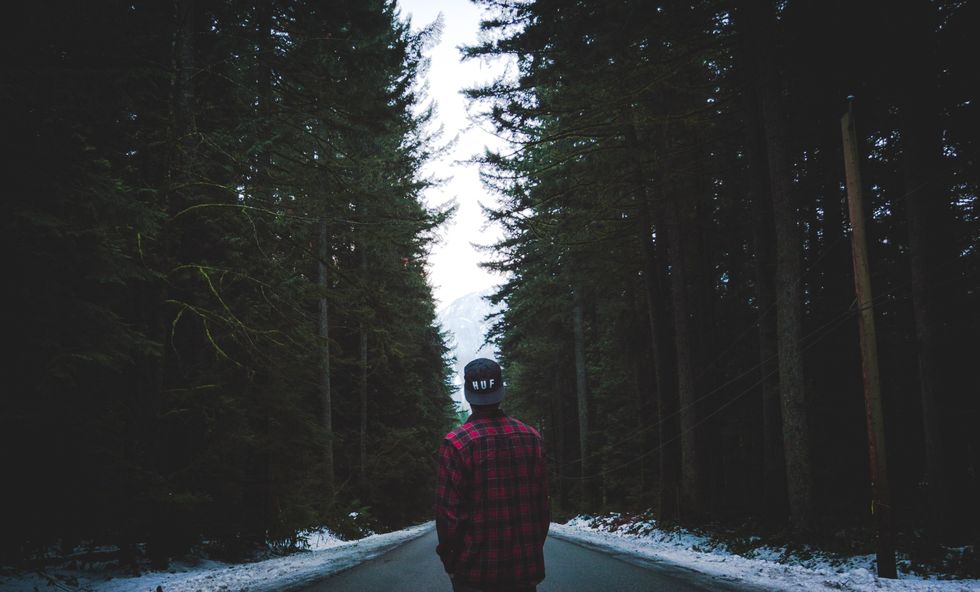In honor of this holiday season (in which the temperatures actually require one to wear a jacket in Auburn), I believe the public should be further educated on the flannel fabric that is so in fashion.
It didn't just evolve in your grandmother's closet.
The fabric was born on the windy mores of Wales in the 17th century.
Wool just wasn't cutting it (the wind) so the Welsh created a new fabric to keep them cozy out of doors. Worsted yarn, that's the strange name of what flannel is made from. And it worked. English factories and shops started making it and the material spread to mainland Europe. In Europe, flannel got its name from the French. Of course.
Carhartt (the guy who started the company with all the work clothes) brought the stuff over to America in the late 1800s.
Flannel has gone from hard work to chic, utilized in everything from covering the keister to business wear.
(All history of flannel sourced from gearpatrol.com)
But our current flannel is a far cry from the sturdy material of olden days. Flannel didn't equal = plaid or style. Flannel was for heavy duty workin' in the cold, for warming numbed thumbs and frozen arms.
So this is a history of flannel and an elegy for flannel. It is no longer what it was. Now it scarcely shields from the cold. We honor flannel for what it was, checkered sheep's wool for humans, protection from the elements, the best friend of lumberjacks. Now the stuff is the go-to for hipster hikers, or simply worn around waists by teenage girls. Free-swinging and snug flannel has been relegated to a flimsy layer hanging on Kohl's shopping racks. And the layer gets thinner with each passing year. We hide it under puffy coats. It can no longer stand alone. The fabric has dwindled to a mere fashion statement, hardly fulfilling its original purposes.
But it still retains its history, the golden glory of the past.
It even retains its dignity. I salute flannel when I see it on the cuffs of a farmer's jeans, lining and warming those dignified pants.
I cry for a dimming beauty.
Future generations may never know more than a shadow of the fabric called flannel. Soon, a plaid pattern alone will be called flannel. This world is sure going to Hades.
So I hold my decently flannely flannels tight and tell them their past, refusing to let them define themselves by the latest fashions.
So let this article remind us of what flannel once was and can be again in the future, if we will raise our voices in defense of durability. As you gather around the flannel tablecloth, pull on your flannel shirts, or unwrap a flannel scarf in glee,
remember.
If I snuggle closely enough and listen, I can hear them, the wailing winds of Wales, singing a song of shepherds and sheep on a high, lonely plain, of cold winters and chilling stories of snow. Let the farmers of flannel never be forgotten.
Long live flannel.












